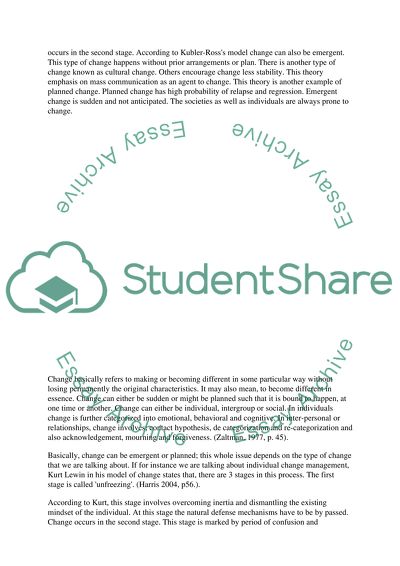Cite this document
(“HISTORY Article Example | Topics and Well Written Essays - 1250 words”, n.d.)
HISTORY Article Example | Topics and Well Written Essays - 1250 words. Retrieved from https://studentshare.org/history/1506507-history-article
HISTORY Article Example | Topics and Well Written Essays - 1250 words. Retrieved from https://studentshare.org/history/1506507-history-article
(HISTORY Article Example | Topics and Well Written Essays - 1250 Words)
HISTORY Article Example | Topics and Well Written Essays - 1250 Words. https://studentshare.org/history/1506507-history-article.
HISTORY Article Example | Topics and Well Written Essays - 1250 Words. https://studentshare.org/history/1506507-history-article.
“HISTORY Article Example | Topics and Well Written Essays - 1250 Words”, n.d. https://studentshare.org/history/1506507-history-article.


